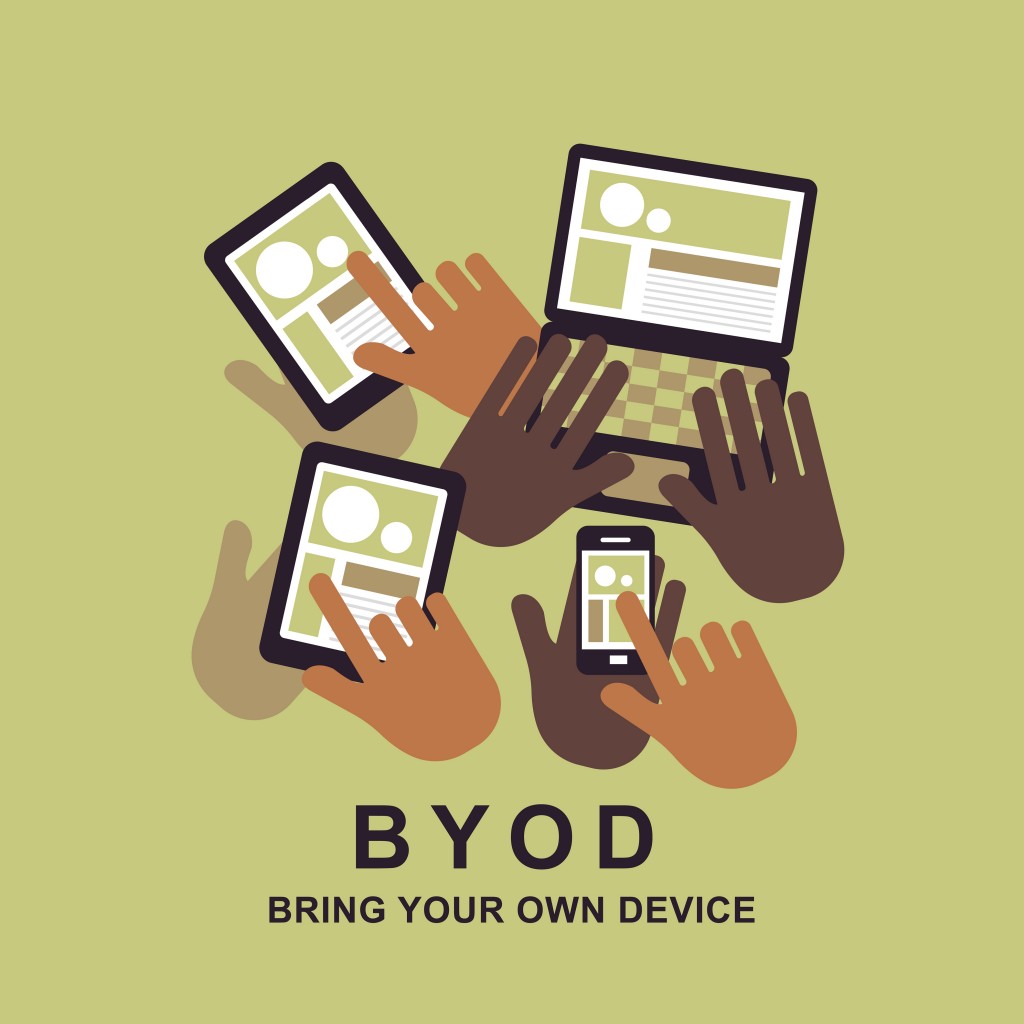“Going to School” has been re-defined over the years with swift advancements in information and communication technologies (ICT). The learning behavior has also undergone major changes necessitating educational institutions to periodically re-look and take a fresh approach to pedagogy. The massive proliferation of mobile devices coupled with soaring usage of smartphone and tablet apps herald new opportunities to various stakeholders in the ecosystem to break existing barriers and make use of mobile technology to make learning more meaningful, impactful and take it beyond the existing boundaries of time and place; in sync with the contemporary requirements. For the citadels of learning, it offers exciting opportunities to expand their reach; make learning accessible to remotest locations and successfully fulfill their social responsibilities. And all this, without being too heavy on their finances.
Our cover story, this month, focuses on Mobility for Education and endeavors to explore the transformation, approaches, benefits, opportunities and challenges of adopting mobility solutions in the learning sphere. We also take a step ahead to look into the future and understand the long-term prospects of mobility.
Classrooms are transforming…
Mobile devices and apps have entered schools and colleges in a big way as more and more students and teachers adopt mobility to take advantage of the various benefits it offers. Smartphones, Tablets, e-readers and millions of apps, right from teaching alphabets to new languages to lucidly explaining advanced mathematics and science, are taking centre stage and are rapidly becoming the tool of choices in the ecosystem. And it is very easy to see why.
Several factors are at play. Growing smartphone and tablet ownership, soaring usage of apps among the student community, high-speed bandwidth coverage in most of the schools and colleges are providing the necessary infrastructure for adoption of mobility solutions in the educator sector. Armed with smartphones and tablets, students are round-the-clock connected to their schools and colleges and are getting access to learning materials and other relevant information on their fingertips. Educators are finding mobile solutions as an effective collaborator in the teaching process allowing them to explain concepts in an easy-to-understand and interactive way. Educational institutions faced with several challenges such as competition, student & staff preferences, rising administrative costs, and in the search for better pedagogical approaches, are enthusiastically leveraging mobility solutions for education. Various benefits like convenience & relevance in learning, low investments, reduced costs, personalized and flexible approach to learning etc., are making mobile devices and apps effective tools to impart education.
A survey by Pearson Foundation finds that tablet ownership has tripled among college students (25% vs. 7% in 2011) and quadrupled among high school seniors (17% vs. 4% in 2011). Moreover, 63% of college students and 69% of high school seniors believe that tablets will replace textbooks within the next five years. Most of the college students find tablets to be valuable for educational purposes and around half say that they are more likely to read textbooks on a tablet because of embedded interactive materials, social networking features, and access to instructors’ comments in the reading material. Three-quarters of college students participating in the study say they use tablets daily for academics-related activities.
Mobility helps students and educators
Mobility Benefits
| Students | Institutions |
| Freedom from time and place. | Contemporary pedagogical approach. |
| Empowers learners to control activities. | Personal attention & high engagement with learners. |
| Personalized lessons and assignments. | Quick assessment of learner’s requirements. |
| Utilization of ‘dead time’ like travelling, waiting etc. | Better utilization of resources. Reach to more students with same faculty strength. |
| Rich multimedia content that makes learning fun & engaging. | Cost-effective adoption. Requires relatively less investments. |
| Personal interaction with faculty. | Analytics for decision support. |
| Convenient doubt-clearing sessions. | Support for distance education programs. |
| Supportive for students with special needs. | Enables imparting education to students with special needs. |
The opportunities for schools and colleges
The invasion of mobile technology into education has opened up new possibilities for schools and colleges. Mobility solutions can successfully touch upon every element of the learning ecosystem to make it more effective and transformative. Here are a few possibilities
Study material for smartphones & tablets: tudents can access these learning materials from their devices and study anywhere and anytime thereby making better use of their time. Mobile based tests and questionnaires are used to quickly assess student’s understanding of the concepts.
Real-time information sharing: Mobility offers quick data-sharing that can help educators in accurately assessing the learner’s requirements and his activities that can help in better designing of course modules and curriculum.
Admission process: Schools and colleges are meeting students where they are. During the admission time, institutions are developing mobile apps that not only give access to application forms, college brochures and results etc., but also take students on virtual tours to get a glimpse of the campus.
Voice, text and chat based faculty-student interaction: Mobility offers one-to-one interaction between a student & his teacher which not only helps him clear his doubts on a particular subject conveniently but also devoid of any inhibitions.
Mobile based roaster: Institutions with higher student population and bigger campuses can move from time-consuming manual attendance-recording procedures to mobile supported roasters.
Mobile payments: Mobility also help colleges in collection of fees wherein students and parents get an easy alternative to make payment through the college app.
Mobile alerts: Information on surprise quizzes, assignments, health services or any other event can be effortlessly relayed across to the student population through mobile apps and texts.
Social media on mobile: Embedded social media features on the learning aid can help students interact with their mates as well as teachers to ask questions and share notes.
Data collection: Mobile solutions can be a huge asset in research-oriented learning as students can collect data on their device from the field and then use various tools to share & process the data and further the process.
Mobility for School Management: Mobile apps for administrative usage can be developed wherein information on availability & utilization of resources like labs, conference halls can be uploaded and shares. The teaching staff can be provided with time-tables of lecture sessions, academic calendars and scores of various assessments and other desired information can be uploaded.
Approaches to education through mobility
On-campus: Allowing students to use mobile devices in classrooms to enhance collaboration among students and instructors. Students can get access to reference materials and other learning resources.
Distance Education: Mobility can be very helpful in distance-education programs. Less costly than a PC or a laptop, a mobile device can be the effective learning medium for students who are unable to attend residential courses.
Off-campus: Schools and colleges can also use mobile solutions to enhance learning in class environment. Lectures, learning materials can be made available for students to revisit and revise whenever required.
Challenges
While mobility solutions for education offer numerous benefits, there are still key challenges, both technical and social, that need to be adequately responded to in order to maximally benefit from the mobile initiatives and attain desired goals through it. Mobile devices differ in form and functionalities and the challenge is to develop learning content that can have a compatible presentation for all. Secondly, bandwidth latency and coverage is an issue that needs to be addressed if education has to truly free itself from time and place constraints. With most reputed schools and colleges already using e-learning methodologies, transforming the existing learning material to a mobile-friendly format would be a big exercise. Copyrights and intellectual properties also need to be safeguarded as they move from restricted to open environments.
Educational institutions also need to come-up with the right mobile strategy that keeps the entry-costs of education through mobility low for students while developing an appropriate teaching process that understands learner’s requirements, supports different learning styles and provides accurate assessment of the learning activity.
Our Recommendations
Embrace mobility: Mobile solutions can be a long-term answer to many of the external and internal challenges faced by your institution.
Understand the medium: Mobile devices have their own strengths and limitations. Build an effective teaching strategy that optimally utilizes the medium without compromising the learning process.
Focus on learner experience: Understand your audience is young and new to technology. Create smooth, user-friendly and interactive mobile content. Look to continuously engage with your students.
Get ready for the future: Hand-held devices will soon emerge as primary devices for learning. Start preparing ground for full-scale usage of mobility solutions.
Future
Mobile solutions offer exciting opportunities for both, students and educators. However, we are still plucking the low lying fruits of the tree. As devices get powered with advanced functionalities like 3D display capabilities, sensors and accelerometers and emerging technologies like cloud computing, surface computing, augmented reality, NFC tags etc., get further established, we will witness a large-scale adoption of mobile solutions in education. The advancements will pave the way for the next-level of mobility in education through haptics (science of communicating through touch, gestures, and force feedback) and location and context-aware learning while providing extra fillip to the existing mobile learning initiatives. In other words, mobile solutions are set to be involved in education for long-term and therefore it makes a perfect case for schools and colleges to first adopt mobile technology as an enabler and collaborator and then be prepared for its wholesome adoption. The places of learning are on their way for a massive transformation. Are you ready?
 1-800-805-5783
1-800-805-5783



![difference between native app and hybrid app - [x]cube LABS](https://d6fiz9tmzg8gn.cloudfront.net/wp-content/uploads/2012/03/cross-platfrom-diagram.png)
![[x]cube Dallas Move](http://www.xcubelabs.com/wp-content/uploads/2011/11/xcube-Dallas-Move-1.jpg)